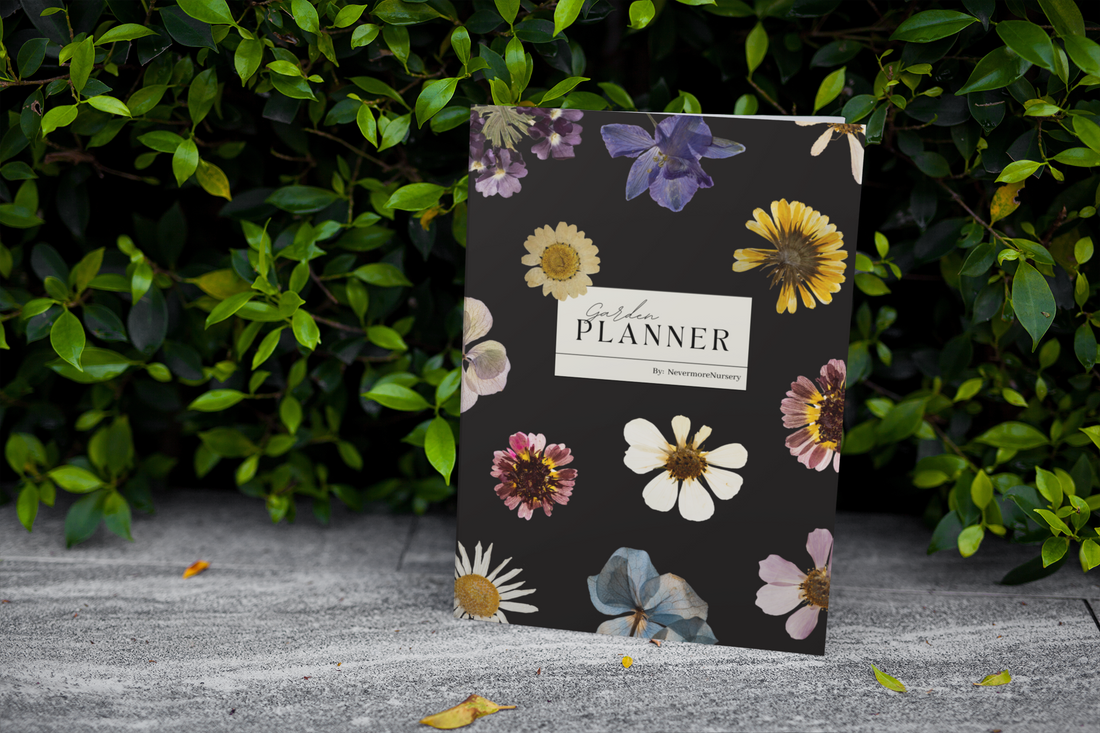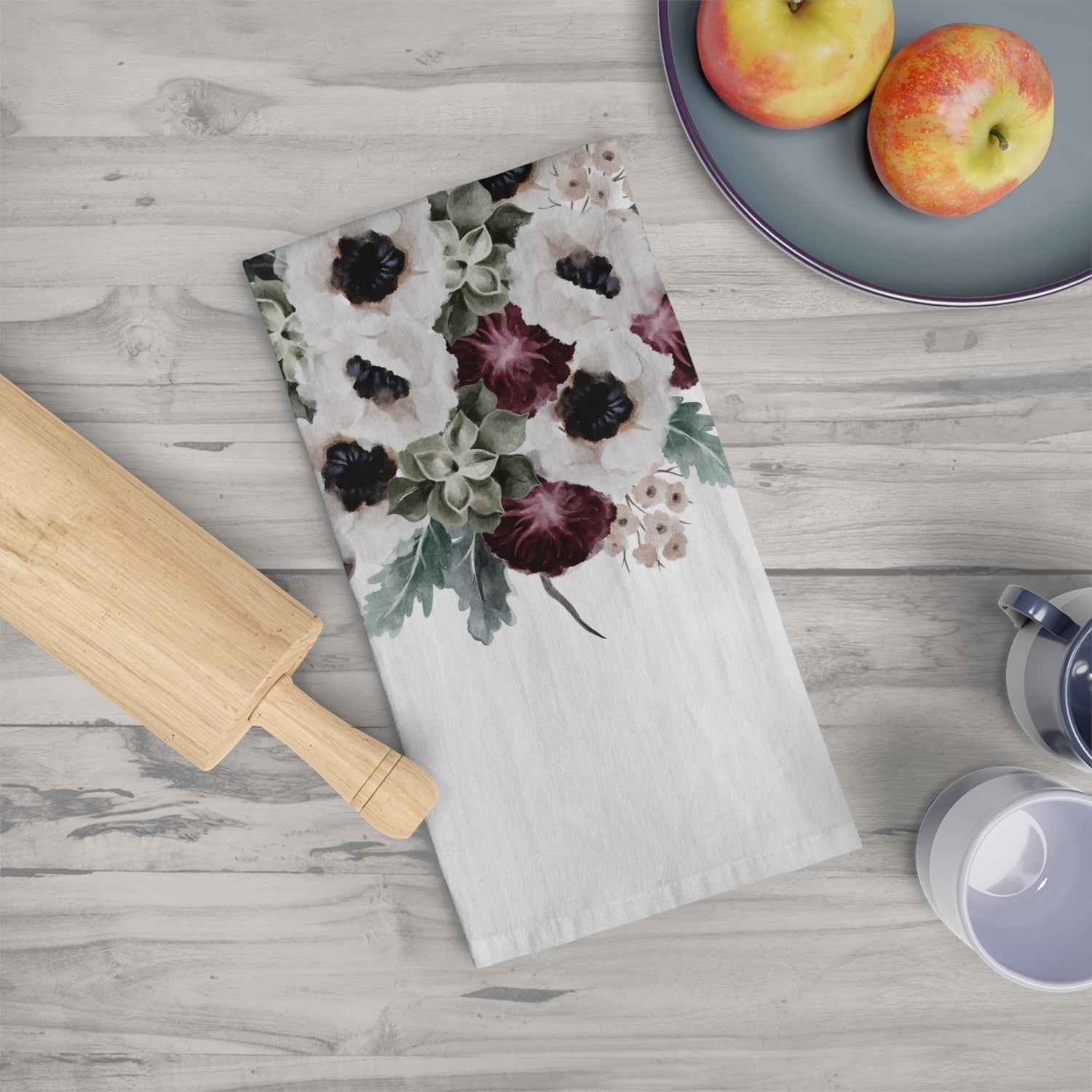
Planning Your Garden
Share
Setting Up for a Successful Year
The start of a new year is like a blank canvas for gardeners. Whether you're dreaming of bountiful vegetables, eye-catching flowers, or a mix of both, now is the perfect time to start planning your garden. By setting goals, organizing your seeds, and mapping out your space, you can lay the foundation for your most successful growing season yet. If you haven't already, sign up for our emails and get a FREE Digital Garden Planner. Let's dive in and get your garden plans blooming!

Step 1: Set Your Gardening Goals
What do you want to grow this year? Maybe you’ve been eyeing heirloom tomatoes, or perhaps you're ready to dive into native plants that attract pollinators. Jot down your goals—whether it’s trying a new vegetable, creating a cutting garden, or simply keeping everything alive (we’ve all been there). Goals give you direction and make it easier to stay focused during the busy growing season.
Pro Tip: Break your goals into categories like "Must-Grow Veggies," "Dream Flowers," and "Garden Experiments." This helps prioritize what’s most important to you.

Step 2: Review Last Year’s Garden
Share information about your brand with your customers. Describe a product, make announcements, or welcome customers to your store.If you gardened last year, think back to what worked and what didn’t. Did your zucchini take over? Did your basil thrive while your cucumbers struggled? Take note of any lessons learned and consider how to improve.
Didn’t take notes? No worries, but this part will be easier next year if you start!
Crop Rotation Reminder: To keep your soil healthy and reduce pests, avoid planting the same crops in the same spot year after year. For example, rotate tomatoes and peppers to a different area in your garden this year. After growing tomatoes and peppers in a garden bed, it's best to plant cool-season crops like broccoli, cabbage, kale, or cauliflower in the following year as they belong to a different plant family and won't be as susceptible to the same diseases that might have built up in the soil from the tomatoes and peppers.
Step 3: Organize Your Seeds
If you’re anything like us, your seed collection might be a mix of packets stuffed into a drawer here and a box there. Take some time to sort through them—organizing them by type or planting time. This can make spring sowing a breeze. Check expiration dates, too; while some seeds last for years, others have shorter viability. But don’t just throw them out! Often this means that germination rates might be lower, so this is your chance to plant more. If you need more seeds take a look at our Seed Collection!
DIY Seed Storage: Repurpose old photo boxes, mason jars, or even an accordion file to keep your seeds organized and safe from moisture. Store your chosen vessel in a dark, dry spot until you’re ready for the magic to begin in the Spring.

Step 4: Plan Your Garden Layout
Grab some graph paper (or a garden planning app if you’re feeling techy) and sketch out your space. Consider factors like:
Sunlight: Group plants with similar sun needs together. Most vegetables need 6+ hours of direct sunlight daily.
Companion Planting: Some plants, like marigolds, can help pull pests away from your veggies giving them a chance to grow unhindered.
Space Requirements: Plant for the mature size of your plants to avoid overcrowding.
Tip for Small Spaces: If you’re working with a small garden or containers, look into vertical gardening techniques like trellises and hanging planters to get the most per square foot this year.
Step 5: Make a Planting Calendar
Timing is everything in gardening. Create a calendar that outlines when to start seeds indoors, when to transplant, when to direct sow. and when to start harvesting. Use local frost dates as your guide—here in Zone 7, for example, the last frost date is typically mid-April.
Helpful Tools: Online seed calculators and apps can simplify the planning process by customizing timelines for your location.

Step 6: Gather Your Supplies
Now’s the time to take stock of your tools, soil, and amendments. Are your pruners sharp? Do you have enough compost or potting mix? Making a checklist and starting to gather supplies now saves you from last-minute scrambles (and price increases) in the spring.
Budget-Friendly Tip: Checking local gardening groups for seed and tool swaps is a great way to stock up without breaking the bank.
Step 7: Dream Big, But Start Small
It’s easy to get carried away with big plans but remember: a manageable garden is a happy garden. Start with small manageable steps that you can reasonably care for, and expand as you gain confidence and experience. Gardening should be enjoyable, not overwhelming! If you need some help with how to care for your plants, take a look through our Plant Care Guides.

Planning your garden is like laying the foundation for a masterpiece. By setting clear goals, staying organized, and preparing your space, you’ll be ready to hit the ground running when the growing season arrives. So grab a cup of coffee (or tea) and start dreaming—your best garden yet is just around the corner!



